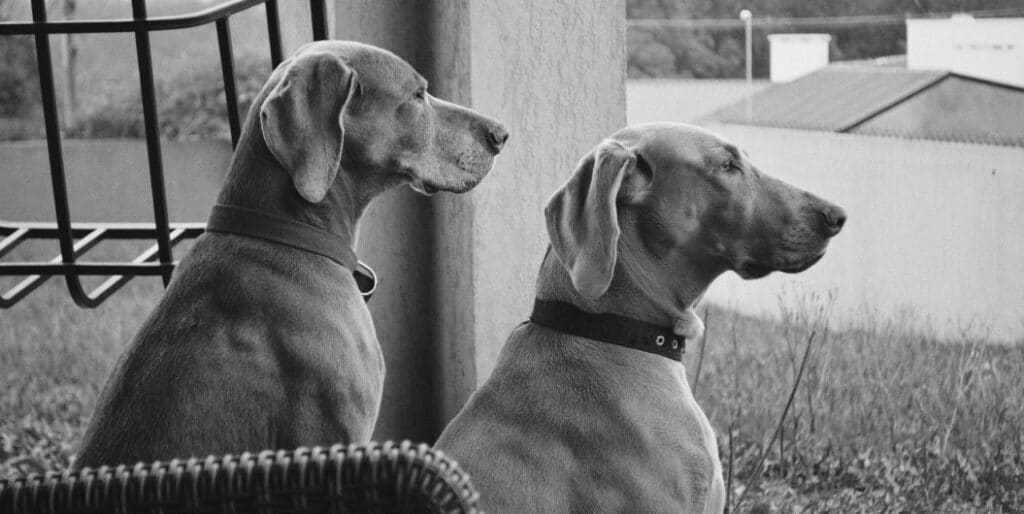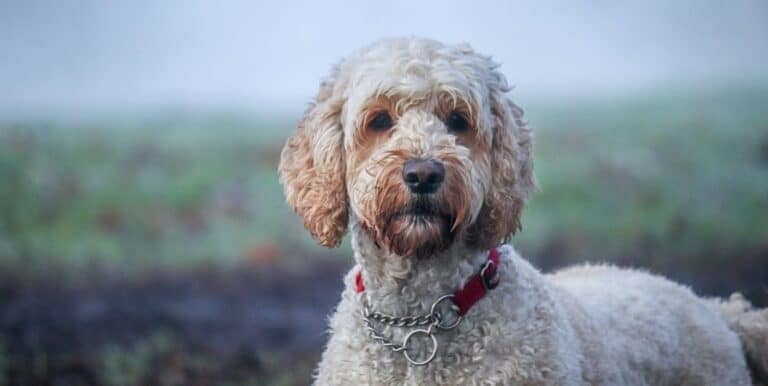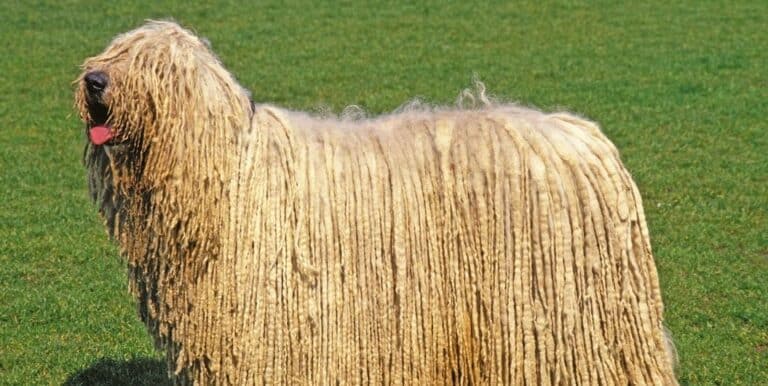What is a Police Dog?

A police dog is a dog which has been trained to assist police with law enforcement tasks. There are a number of different specialized tasks which can be performed by police dogs, ranging from assistance with apprehending suspects to sniffing out hazardous materials. As a general rule, police dogs are treated legally much like police officers, which means that people who injure, kill, or impede police dogs can be subject to severe penalties.
Typically, a police dog is assigned to work with a specific officer after training. Officers usually attend a training course to learn to work with their dogs, and they keep up with regular workshops and seminars to ensure that their working relationship stays strong. While police dogs live with their owners, they are not pets: they are working animals, and special rules are observed around police dogs to maintain their training, skills, and manners.

Many breeds of dog can be used as police dogs, with the breed selection usually hinging on the tasks that the dog will need to perform. Many people associate the German Shepherd with police work, but Labradors, poodles, bloodhounds, beagles, rottweilers, and a range of other dog breeds may be used. All dogs are selected on the basis of temperament, as police dogs need to be extremely well-behaved, intelligent, and sensitive in order to do their jobs well.
The basic police dog which most people are familiar with is the “public order enforcement dog.” Public order enforcement dogs work with their handlers to apprehend and control suspects, and they are typically very muscular, fast, determined breeds which will latch on to suspects and not let go. Such dogs have also historically been used for intimidation, with police threatening suspects with the release of their dogs, and in fascist regimes, some police dogs have been trained to kill or seriously maim, not just to detain.
Sniffing dogs are trained to seek out specific scents, such as explosives, traces of accelerant at the site of an arson, or illegal drugs. Breeds chosen for sniffer training tend to be dogs well-known for their smelling abilities, such as beagles and bloodhounds. Tracking dogs are police dogs which track scents, such as traces of a victim, criminal, or evidence in the field, while cadaver dogs are specialized dogs who have been trained to search for signs of human bodies.

Police dogs are usually clearly identified with distinctive lettering on their vests, collars, and leads. Some police dogs wear bulletproof vests to protect them from bullets or knife wounds, while others wear lightweight vests for identification only. It is also not uncommon to see a muzzle on a police dog, which does not mean that the dog is dangerous, as muzzles are sometimes used to keep the dog’s focus, or to prevent barking.
If you find yourself interacting with a police dog, you should obey the orders of the dog’s handler very carefully, whether you are a suspect or a harmless passerby. Always ask for permission before touching or approaching a police dog, and never offer food or treats to a police dog unless the handler indicates that this is appropriate. Many handlers prefer that their dogs remain undistracted while on the job, and well-meaning pats or treats could undermine the dog’s ability to work.






